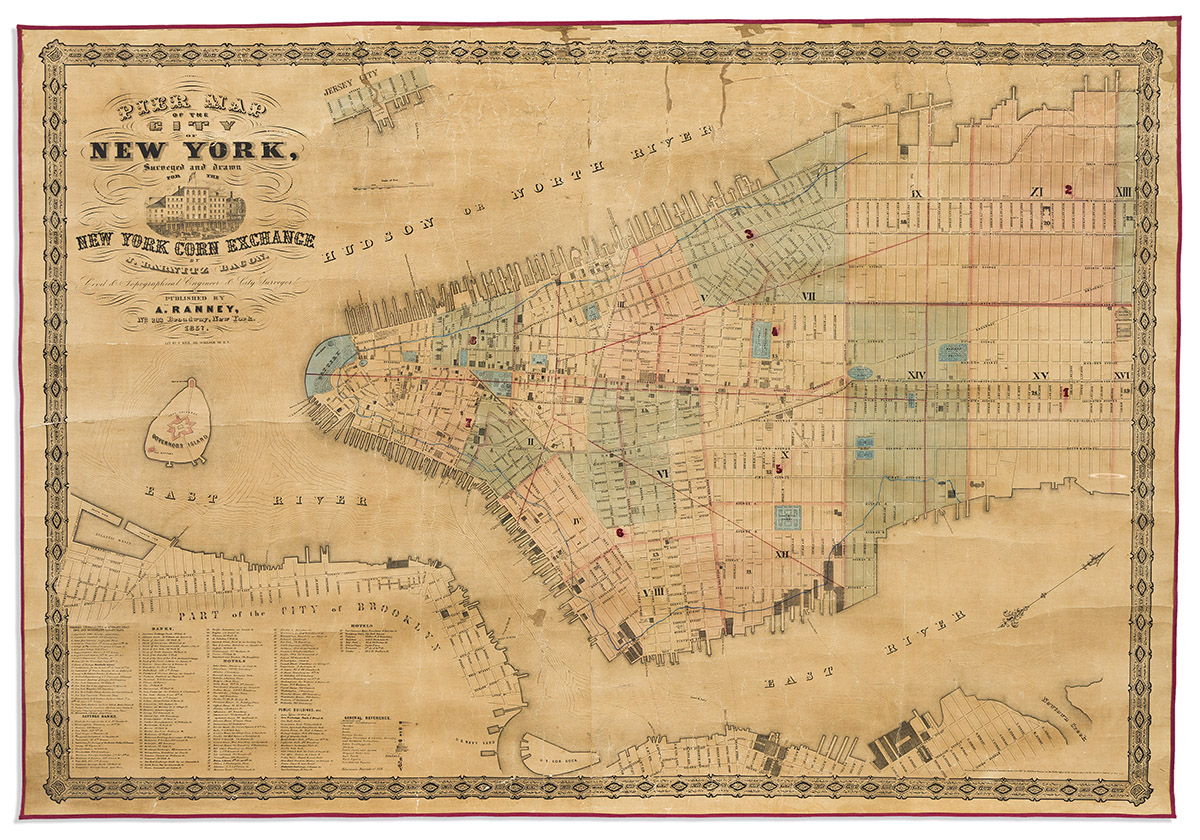Sale 2672 - Lot 98
Unsold
Estimate: $ 25,000 - $ 35,000


Aliquam vulputate ornare congue. Vestibulum maximus, libero in placerat faucibus, risus nisl molestie massa, ut maximus metus lectus vel lorem.